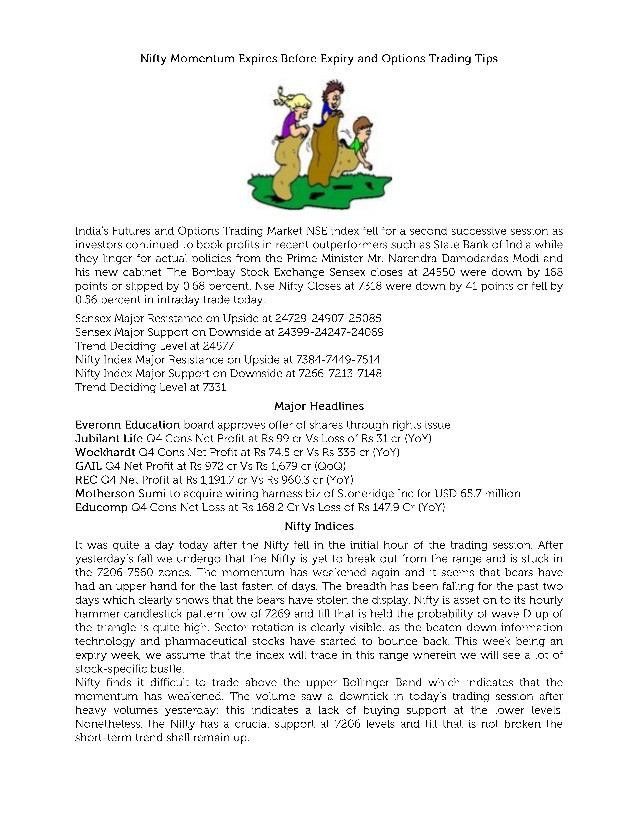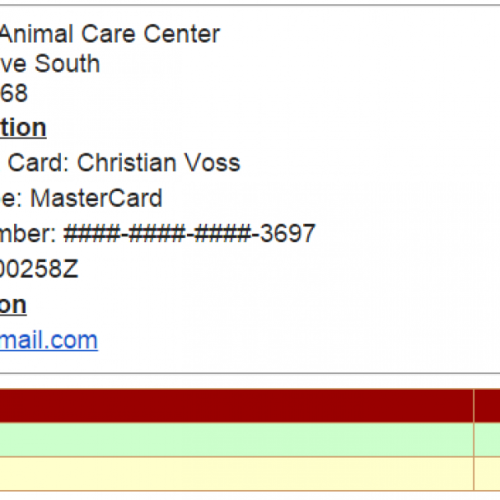Options 101 Delta
Post on: 20 Апрель, 2015 No Comment

Delta is one of the options Greeks, a group of values that describe the individual risk factors affecting the price of an options contract. Delta measures how much an options price should change if the value of the underlying security changes by $1. The values of delta will range from 0 to 1 for call options and 0 to -1 for put options .
As an example, lets say SPDR S&P 500 (NYSE: SPY ) is trading at $170 and a trader is thinking about buying a call option with a strike price of $160 and 30 days until expiration. Before he purchases the call, he calculates the options delta to be 0.68. This means that if SPYs price increases by $1, the trader can expect the price of the option to increase by $0.68. Conversely, if SPYs price falls by $1, the trader can expect the value of the call option to fall by $0.68.
For a put with the same strike price and expiration date, the trader calculates delta to be -0.32. If SPYs price increases by $1, the trader can expect the put option to fall by $0.32. If SPY falls by $1, the put option should increase by $0.32.
Delta is calculated using a complex formula grounded in options pricing theory, and many options exchanges offer free calculators that provide estimates for delta, which changes continuously as the markets move. Delta is highest for deep in-the-money options and decreases as the strike prices moves out of the money from the market price of the underlying security.
Options traders should never expect actual price moves to precisely follow the predictions made by delta or any of the options Greeks.
How Traders Use It
Traders can use delta to identify options contracts that should provide the largest gains, assuming the underlying stock moves in the direction theyre expecting.
Using high-delta options, traders will usually be able to participate in market moves with a smaller investment than they would if they simply bought or sold the underlying security, which can significantly increase profits. Heres what I mean:
Lets go back to our example where SPY is trading for $170 a share. One trader believes that SPY is going to move higher, so she buys 100 shares of SPY for an investment of about $17,000.
Another trader also believes SPY is going to move higher, but instead of buying shares of SPY, he buys one contract for the $155 calls at $15, a total investment of about $1,500. This in-the-money call has a delta of 0.98, so if SPYs price increases by $1, the trader can expect the value of his call to gain roughly $0.98 (or $98 per contract).
If SPY reaches $175, the trader who simply bought 100 shares of the stock would make $500 for a 2.9% return on the investment. The trader who bought the deep in-the-money call for $1,500 would make $4.90 per share ($0.98 * 5) — or $490 a contract — and realize a return of 32.7% on his smaller investment.
In this case, nothing except delta would have a significant impact on the options price if SPY continued moving higher. However, the trader could buy 11 options contracts for less than the price of 100 shares of SPY and significantly increase profits.

The further out of the money an option is, the lower the delta and the lower the price of the option. A trader buying an out-of-the-money call with a strike price of $175 when SPY is trading at $170, may only have a delta of 0.38. But they might only pay $0.34 for the option. When delta is low, most of the option premium would be paid for the time value of the option.
Some traders will use options to implement a delta-neutral strategy. The goal of this strategy is to buy puts and calls on the same underlying security so that the deltas on the contracts add up to zero. In this way, the trader has no directional risk since changes in price should be cancelled out by changes in the prices of the options.
With this strategy, the trader is hoping to make money based on the time value of the options or on changes in market volatility. Delta-neutral strategies require constant rebalancing of positions and require a very large amount of trading capital to properly implement.
Why It Matters To Traders
Delta is the part of an options price that is most related to the price of the underlying security, and traders can use delta to identify options that should act just like the stock they want to trade.
If a trader expects a large price move in the underlying security, then a high-delta option contract could offer them the most bang for the buck. Buying several low-priced call options could deliver much larger gains than buying 100 shares of the stock if you believe a stock is going up. And buying several low-priced put options could deliver much larger gains (and carries less risk) than shorting 100 shares of a stock you believe is going down.
With a delta near 1 for calls (generally above 0.90) or with a delta near -1 for puts (generally below -0.90), the trader is minimizing the impact of time and volatility variables on their options strategy.














